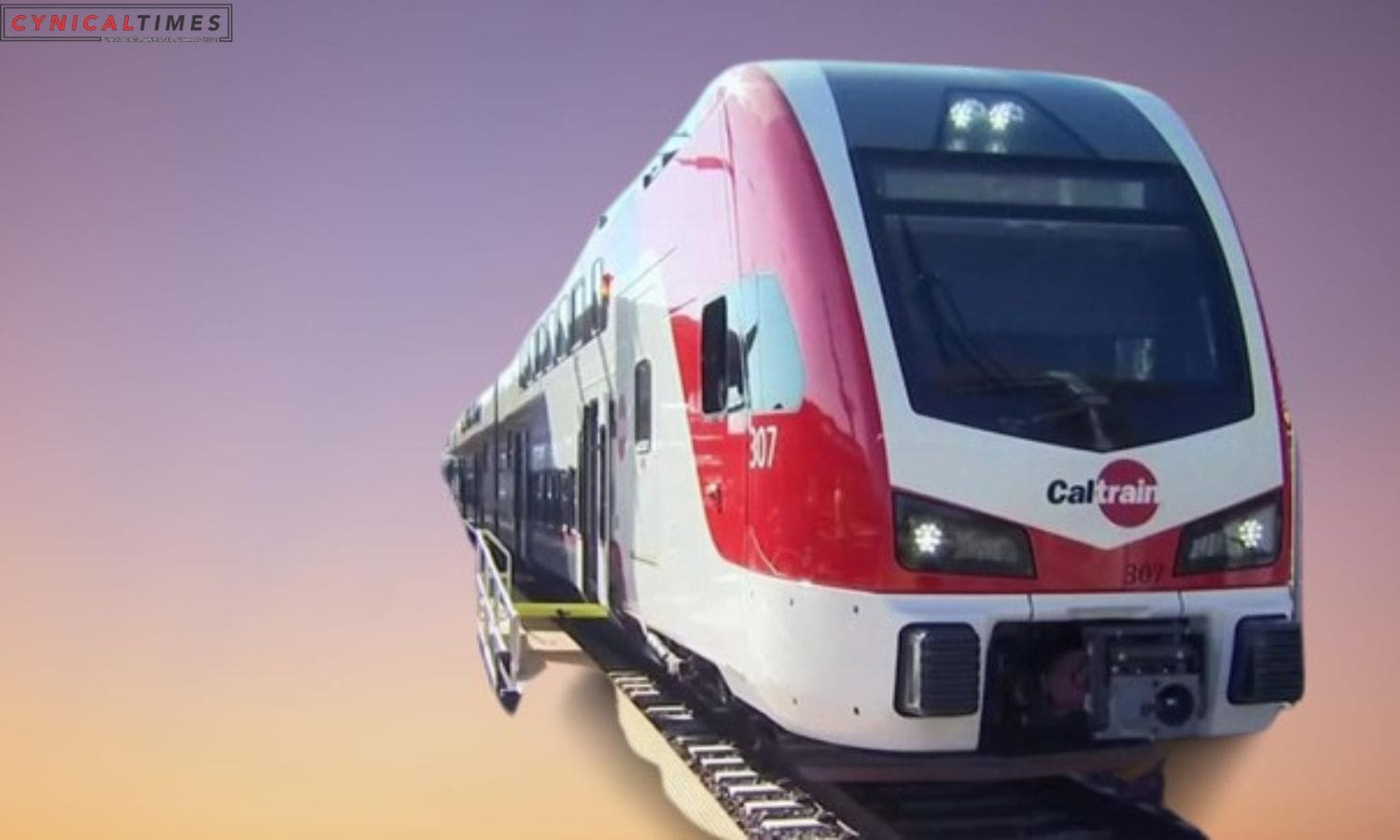Caltrain Electrification Odyssey: This weekend, Caltrain commuters navigating between San Jose Diridon and Tamien stations will need to detour their usual route. The rail service has pressed pause on its tracks for December 16-17, making way for the electrification project’s swift strides. To ease the journey, free VTA bus replacements have been arranged, ensuring passengers still reach their destinations seamlessly.
Late-night travelers should note adjustments, with the Southbound 284 departing San Francisco at 12:05 a.m. concluding its journey at San Jose Diridon at 1:44 a.m. Meanwhile, Northbound 221, starting at 7:19 a.m., maintains its regular service on Sunday, Dec 3, reaching San Francisco by 8:56 a.m., as outlined in a press release.
For those navigating these temporary shifts, detailed bus schedules and stop locations are conveniently accessible online. Caltrain’s pause aligns with its broader endeavor to electrify diesel trains, promising an evolution in North American transit systems. The envisioned enhancements include doubled weekend frequencies, swifter and more regular service, and upgraded passenger experiences featuring modern amenities such as Wi-Fi and power outlets at every seat.
Beyond convenience, this project addresses climate imperatives, aiming to slash greenhouse gas emissions and enhance air quality. Framed within the context of environmental justice, these efforts seek to uplift communities by minimizing noise and pollution. Simultaneously, the project lays the groundwork for California’s high-speed rail ambitions, heralding an era of innovation in mass transit, according to Caltrain’s announcement.
Also Read: San Jose Freeway Fires: A Blaze of Chaos Meets Swift Justice
Our Reader’s Queries
How much faster will electrified Caltrain be?
With the introduction of electrified service, the travel time for trains will be significantly reduced. The journey from San Francisco to San Jose, which currently takes 65 minutes on Caltrain’s fastest express train, will be cut down to just 59 minutes. Additionally, more stations will benefit from increased service under this new configuration.
When did Caltrain electrification start?
The year 2024 marks the beginning of the electric train service.
How much did Caltrain electrification cost?
Out of the total cost increase of $333 million, $161 million has been allocated with a funding plan, while $172 million remains unallocated. In December 2021, an additional cost increase of $162 million was announced, bringing the total cost to $2.44 billion.
What is the Caltrain Peninsula Corridor electrification?
The Caltrain Modernization Program includes the Peninsula Corridor Electrification Project, which aims to replace diesel-hauled trains with Electric Multiple Unit (EMU) trains. This upgrade will improve services between San Francisco’s Fourth and King Street Station and San Jose’s Tamien Station.

